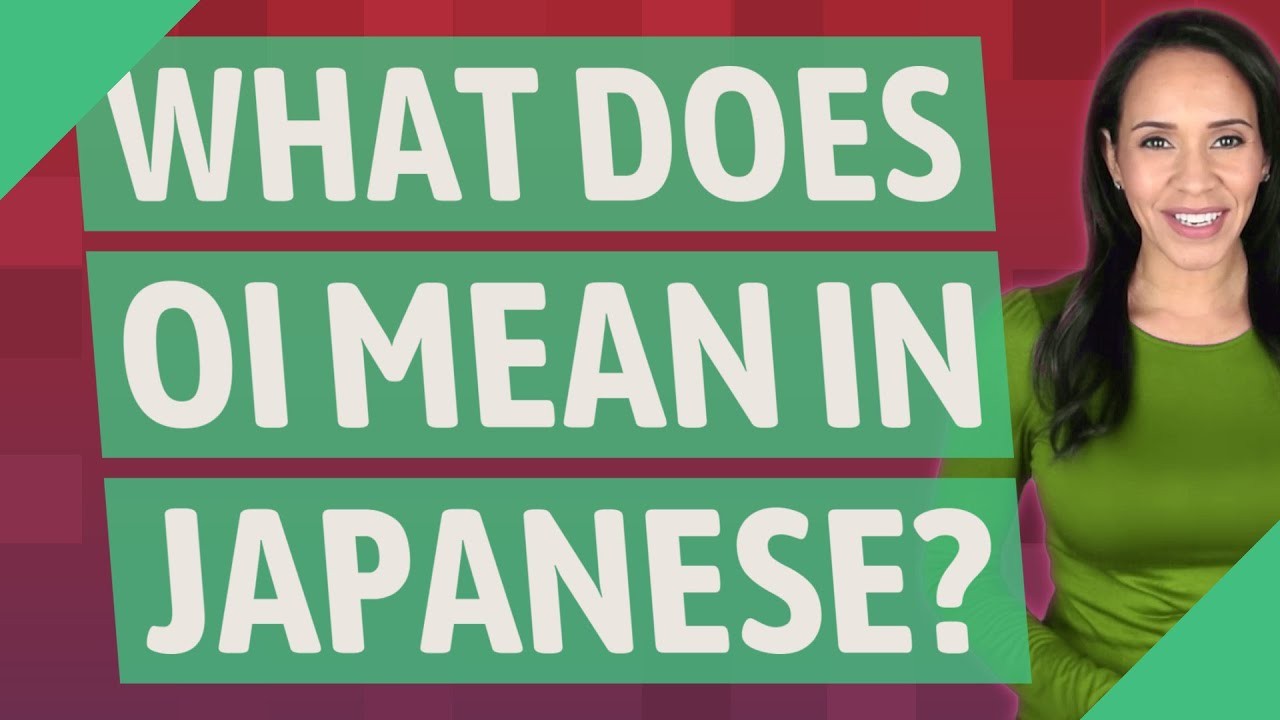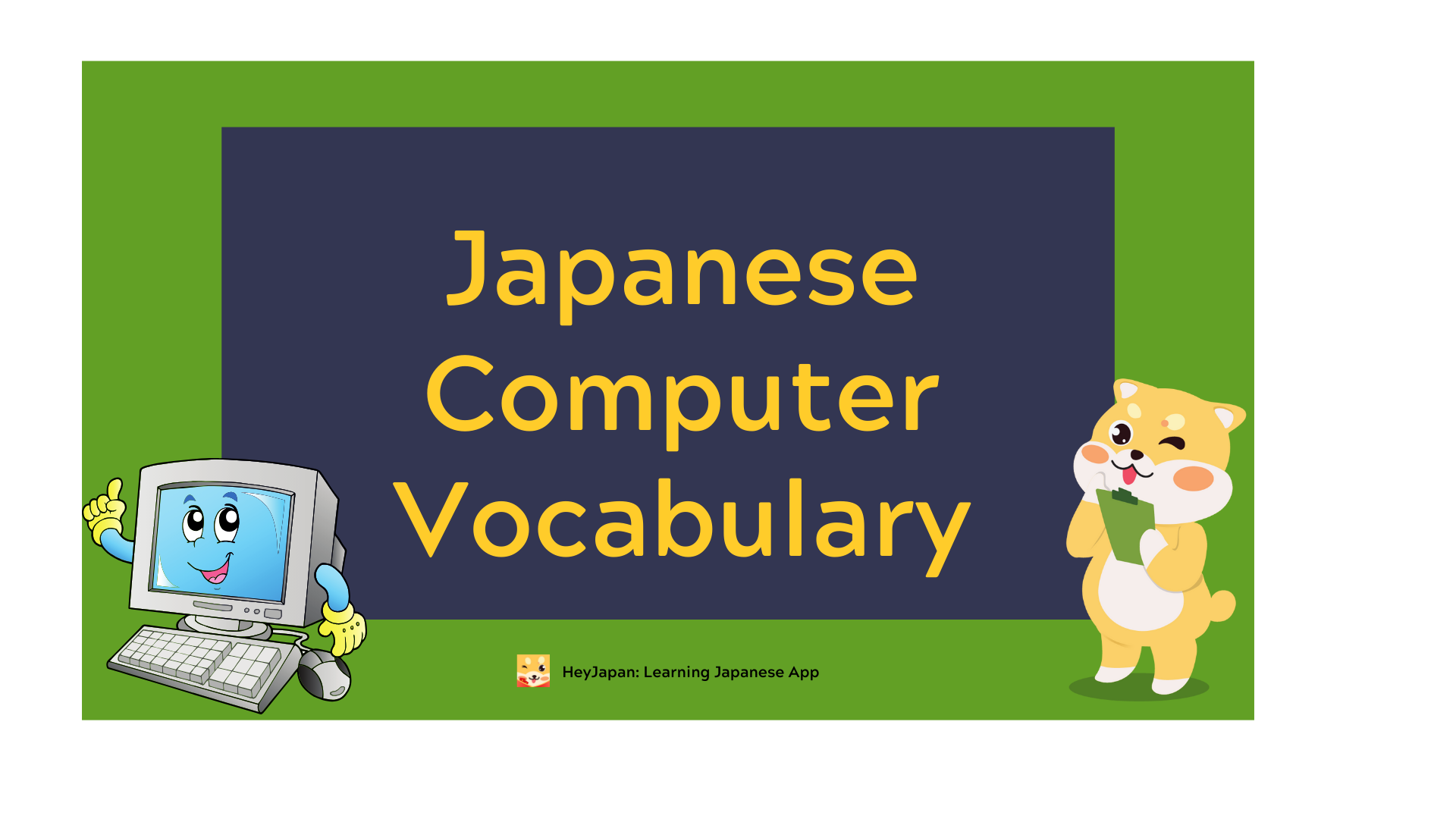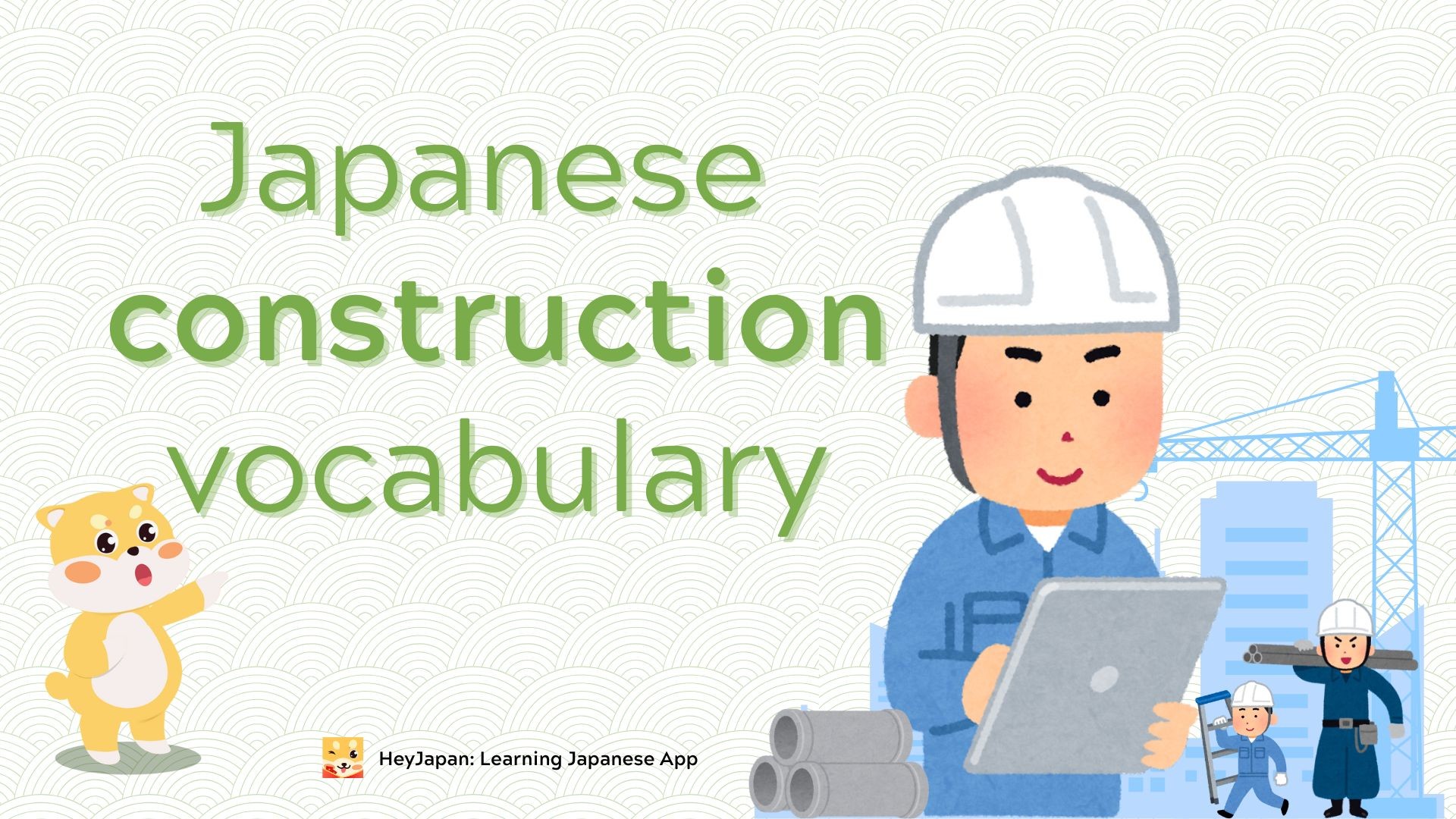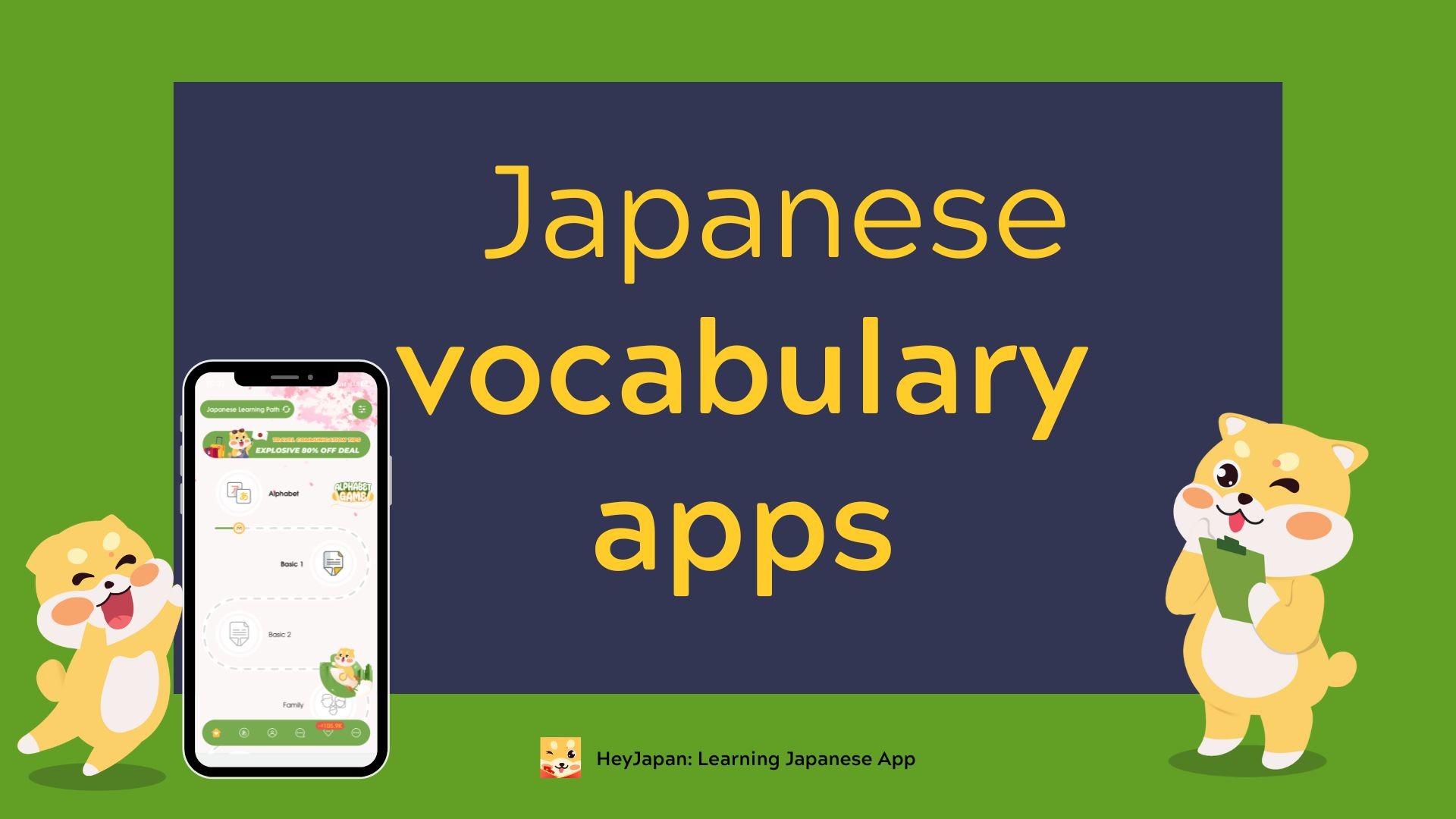- What Does "Oi Oi Oi" Mean in Japanese?
- 1. Expressing Surprise or Shock
- Example Situation:
- 2. Conveying Disbelief or Exasperation
- Example Situation:
- 3. Playful Teasing
- Why Tone Matters
- Cultural Context of "Oi Oi Oi"
- 1. Informal Use Only
- 2. Similar Expressions in Japanese
- Practical Tips for Using "Oi Oi Oi"
- 1. Know When to Use It
- 2. Master the Tone
The phrase "oi oi oi" (オイオイオイ) is a casual Japanese expression that can convey surprise, disbelief, or playful frustration. Its meaning shifts depending on context and tone, making it a versatile phrase in everyday conversation. Whether you’ve heard it in anime or casual speech, this guide will help you understand when and how to use "oi oi oi" naturally.
What Does "Oi Oi Oi" Mean in Japanese?
The phrase "oi oi oi" (オイオイオイ) is a casual Japanese expression used to convey surprise, disbelief, or playful frustration. Its meaning varies depending on tone and context, making it a versatile phrase in daily conversations. Whether you've heard it in anime or real-life speech, this guide will help you understand when and how to use "oi oi oi" naturally.
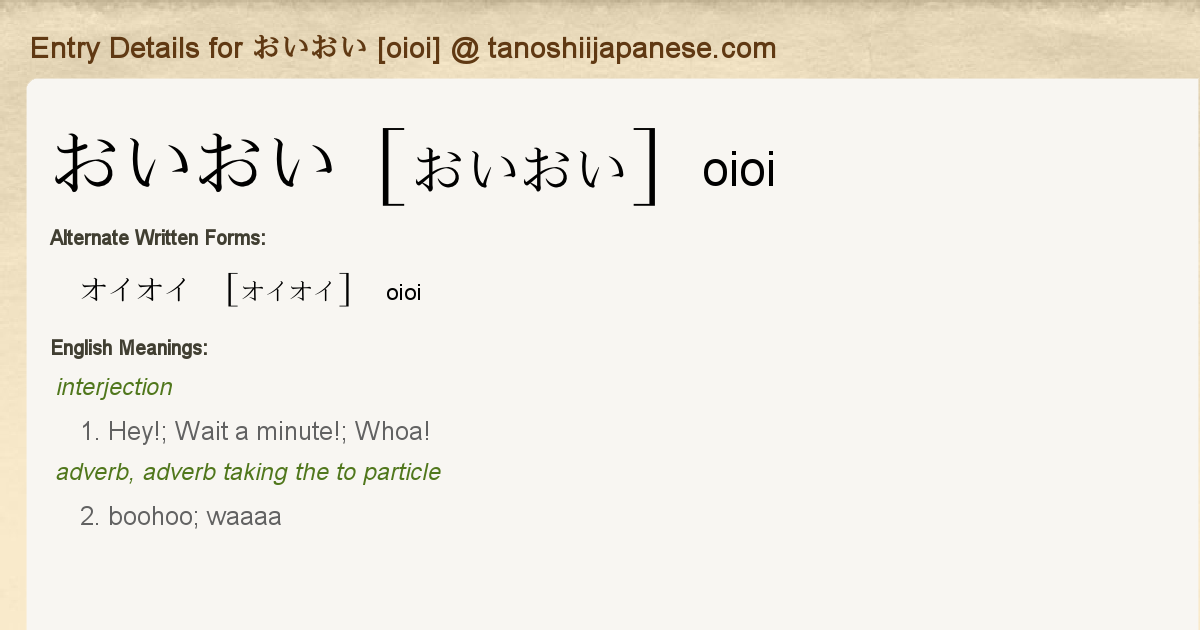
1. Expressing Surprise or Shock
"Oi oi oi" is often used to show mild shock or surprise when something unexpected happens.
Example Situation:
Friend: "I forgot to bring my ticket!" Response: "オイオイオイ、大丈夫か?" ("Oi oi oi, are you okay?")
In this context, the phrase serves as a lighthearted way to express concern or disbelief.
📌 Did you know? The Japanese writing system consists of Hiragana, Katakana, and Kanji. If you’re new to the language, you might be wondering how many Hiragana are there? Understanding Hiragana is the first step in learning to read and write in Japanese!
In this context, the phrase serves as a lighthearted way to express concern or disbelief.
2. Conveying Disbelief or Exasperation
When someone does or says something outrageous, "oi oi oi" can be used to express disbelief or mild irritation.
Example Situation:
Person A: "I finished a whole cake by myself!" Response: "オイオイオイ、それ本当?" ("Oi oi oi, is that true?")
This use often comes with a tone of playful exaggeration rather than serious annoyance.
If you’re learning Japanese grammar and structure, understanding Hiragana’s function is crucial. Curious about how Hiragana is used in the language? Check out what is Hiragana used for? to see why it’s essential for reading and writing!
3. Playful Teasing
"Oi oi oi" is also used in a humorous or teasing way, especially in friendly or relaxed settings.
- Example Situation:
- The child spills a drink.
- Parent: "オイオイオイ、何をしてるの?" ("Oi oi oi, what are you doing?")
Here, the tone is playful, not scolding, making the phrase sound affectionate and lighthearted.
Why Tone Matters
The tone of voice plays a significant role in how "oi oi oi" is interpreted:
-
Gentle Tone → Indicates playful surprise or concern.
-
Irritated Tone → Signals mild frustration or disapproval.
It’s crucial to match your tone to the situation to avoid misunderstandings.
💡 Pro Tip: If you're studying Kanji, you’ll notice that tone and context also influence meanings and pronunciations. Not sure where to start? Here's a guide on how to study Kanji to help you master this complex writing system!
Cultural Context of "Oi Oi Oi"
1. Informal Use Only
"Oi oi oi" is a casual expression, typically used among friends, family, or in relaxed environments. It’s inappropriate for formal settings, such as workplaces or conversations with superiors.
2. Similar Expressions in Japanese
Other phrases convey similar feelings in Japanese:
- ちょっとちょっと (Chotto chotto): Used to grab someone’s attention or show mild concern.
- えええ (Eee): A straightforward way to express disbelief.
These alternatives allow you to vary your expressions and adapt to different contexts.
Practical Tips for Using "Oi Oi Oi"
1. Know When to Use It
- ✔ Use "oi oi oi" in casual, friendly situations.
- ❌ Avoid it in professional or formal conversations.
2. Master the Tone
- Keep a light, playful tone when teasing.
- Use a slightly exaggerated tone to emphasize disbelief or concern.
The phrase "oi oi oi" (オイオイオイ) is a versatile and informal Japanese expression that adds color to casual conversations. It can be used to playfully tease and express surprise or disbelief, reflecting the speaker’s emotions in an easy-to-understand way.
If you’re learning Japanese, understanding expressions like this will help you sound more natural and connect with native speakers. So next time you’re surprised or joking around, try using "oi oi oi" to add a touch of authentic Japanese flair!
📖 Want to improve your Japanese skills further? Check out these helpful guides: ✅ How many Hiragana are there? – Learn the building blocks of Japanese writing. ✅ What is Hiragana used for? – Discover how Hiragana fits into the language. ✅ How to study Kanji – Mastering Kanji made easy with effective strategies!
🚀 Keep practicing and learning new expressions to enhance your fluency! 🚀

